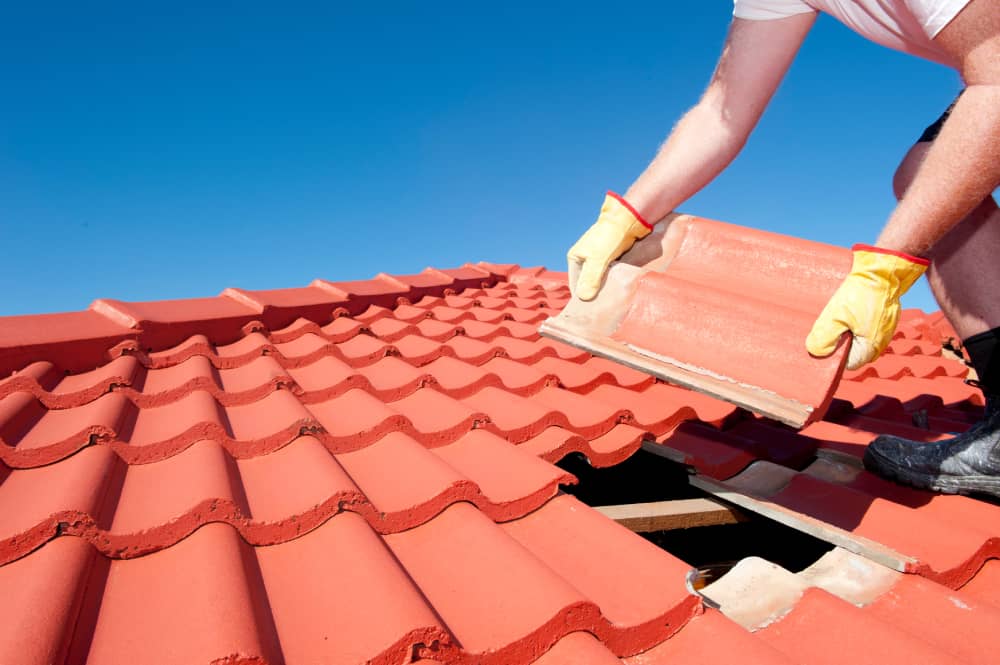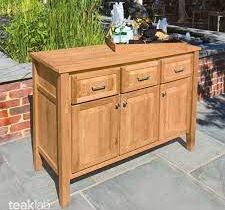Did you know that 93% of sinus infections are the result of exposure to mold? 4.6 million people who develop asthma do so as a result of mold exposure. Over 45 million U.S. buildings have some type of mold problem. An even scarier statistic indicates that babies exposed to mold in their first year are three times more likely to develop asthma than those who have not had exposure to mold. Mold can begin to grow as soon as a day after any type of water damage occurs. If you’re wondering how to detect mold in your home, keep reading to find out some of the most common signs.
1. A Strange Smell
If you’ve noticed a strange new smell in your home, this could be a sign of the presence of mold. It won’t be hard to find the source of the mold if you follow the scent. Mold inside a house usually smells musty, like there’s something old that’s been living in your house for years.
If you think cleaning your house and using an air freshener will fix this problem, you’re wrong. Getting rid of that damp smell requires targeting and removing the mold that’s growing in your home.
2. You Can See the Mold
If you’re wondering how to locate mold inside your house, the simplest answer is visibly seeing it somewhere in your home. If you can see mold sores growing somewhere, your problem is a lot bigger than you’d like to think.
The mold you can see is only a fraction of the mold that’s in your house. To detect out what kind of mold is growing inside your home and the best way to get rid of it, the best thing to do is to contact a mold remediation service that will help you get rid of this problem as safely as possible.
3. Burning Eyes
Many of the signs that indicate mold inside your home will show up in your body. One sign is burning eyes. This allergic reaction is pretty common and the itchiness is a sign that you’ve been exposed to mold.
One way to find more evidence that your burning eyes are a result of mold is to keep a record of your symptoms for a couple of weeks. Pay attention to when you start feeling the burning sensation in your eyes, does it happen more frequently in certain rooms of the house?
4. If You Always Feel a Cold Coming on
You might be one of those people who are constantly battling a cold or cough. If you always feel tired, nauseous, or are constantly experiencing breathing issues you might think it’s the result of a weakened immune system.
All of these symptoms, however, can actually be signs of mold. While a cold can be a result of a virus or not taking care of your body, mold in your home can cause you to feel all of these symptoms as well.
You can try spending some days away from your house and see how this affects you. If you feel better away from home and start feeling sick again once you return, you might have mold.
5. Skin Problems
Your skin is the biggest organ in your body and it absorbs almost everything you come in contact with. This is why having some type of skin reaction might be an indication that you’re dealing with mold inside your house.
When you experience exposure to mold your skin will react by feeling dry or itchy. You might even break out into hives from the allergic reaction. It’s important to have the mold removed by a professional so that you don’t continue to experience these uncomfortable skin reactions.
6. Water Problems
If you’d like to figure out how to find mold, you just have to find the water problems. Any type of leak is likely to lead to the growth of mold if it isn’t taken care of in a timely manner. This can be a leak from a pipe in the bathroom or a leak that started in your roof and started to grow.
If you’ve dealt with any flooding problems in your house, the chance of mold growth is quite high. Water damage is hard to repair on your own and if you don’t call in some professionals you might risk the growth of mold.
7. If You’re Suffering From Nosebleeds
While you might not connect frequent nosebleeds to mold, there could be some correlation there. If you already suffer from nosebleeds but have noticed an increase in frequency, your mold problem might be bigger than you think.
Of course, it’s important to visit your doctor and make sure you aren’t suffering from any other serious illnesses. If you aren’t, getting rid of the mold is the best way to get your nosebleeds under control.
8. Constant Headaches
A headache can result from a lot of different things. You might be overly stressed or not getting enough sleep. More frequent headaches can be a result of exposure to mold.
Talk to your doctor about your health issues but if your headaches occur more often at home this can be an indication of the presence of mold. Contacting the professionals will help you get rid of the mold in your house and can help alleviate your headaches as well.
How to Detect Mold in Your Home
If you’re wondering how to detect mold in your home, the list above includes some of the most common signs of an infestation. If you’re experiencing any of these symptoms or notice any visible growth or stale smells in your house, you most likely have mold. Check out some of our other blogs to learn more.
















Leave a Reply